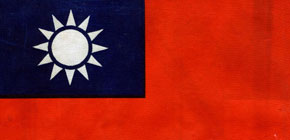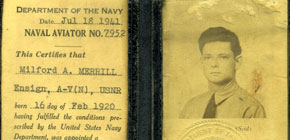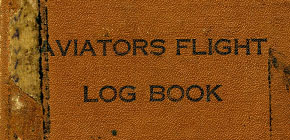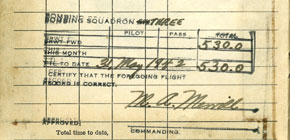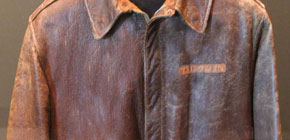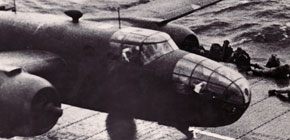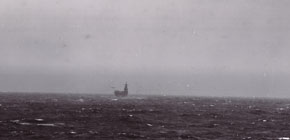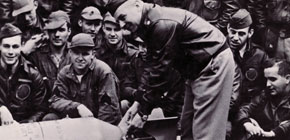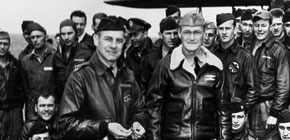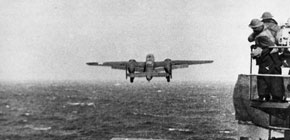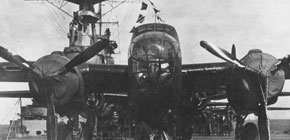
On 18 April 1942, 16 Army Air Force B-25 medium bombers launched from the pitching deck of the aircraft carrier USS Hornet (CV-8). Led by the already legendary Lt. Col. James Doolittle, the small group of B-25s skimmed the waves towards their target — Tokyo. Doolittle's all-volunteer force was on a one-way mission to exact a small taste of vengeance for the attack on Pearl Harbor four-and-a-half months earlier.
Planning for the Doolittle Raid began in January. As US forces steadily lost ground in the Pacific, America's only hopes for a morale-boosting blow against Japan lie in a carrier-based air attack. At that time, carrier-based aircraft had an extremely short range, and the Navy's aircraft carriers were far too precious a commodity to take too deep into Japanese territorial waters. It was decided that a small number of long-range, land-based US Army Air Forces aircraft be used. Doolittle and his men had to learn to take off with only a third of the runway required to get their B-25s airborne. The plan was to launch 400 miles away from the Japanese coast, bomb Tokyo and continue on to friendly airfields in China.
On 2 April, Hornet steamed out of San Francisco with 16 B-25s secured to the flight deck. On 13 April Hornet rendezvoused with Enterprise (CV-6) which would provide air cover for the task force on their journey to the launch point. Hornet would be unable to conduct routine flight operations due to the B-25s taking up so much room on the flight deck. On 18 April, they were spotted by Japanese picket vessels which they quickly sank, but the element of surprise had been compromised. Doolittle was forced to launch 600 miles from Japan, jeopardizing the Raiders' chances of making the Chinese airfields. When the last B-25 became airborne, Hornet and Enterprise turned around and steamed for home.
Doolittle's men struck targets in the Tokyo area, inflicting light damage. But the message was clear. America had the will and might to strike at the very heart of the Japanese empire. The Doolittle Raid led the shaken Japanese high command to reconsider their strategy in the Pacific. Moving their fast carrier strike force from the Indian Ocean to the Pacific, the Imperial Japanese Navy sought to expand their Pacific frontier to a distance that would prevent air raid sirens from being sounded in Tokyo ever again.
None of the Doolittle Raiders made it to the Chinese airfields. One B-25 landed in the Soviet Union and the crew was interned due to a non-aggression agreement between Japan and the Soviet Union. Of the 75 crewmembers that crashed in Japanese-occupied China, all but 11 were able to escape and evade capture by Japanese forces. This was due to the cooperation of the Chinese people, who in turn, paid a staggering price for assisting the American airmen. The Japanese executed some 250,000 Chinese civilians in the search for Doolittle and his men.

VIDEOS
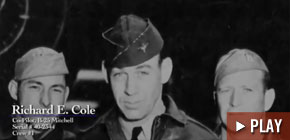
Oral History: Doolittle Raiders
Richard E. Cole and David M. Jones describe the build-up, implementation and aftermath of the Doolittle Raid.

The Doolittle Raiders: "In Their Own Words"
At the 2011 International Conference on WWII, surviving members of the Doolittle Raiders shared their story.
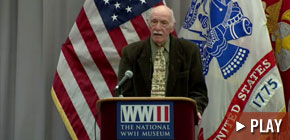
FDR's Decision to Launch the Doolittle Raid: An Introduction
Author Joe Persico discusses the pivotal role Franklin Delano Roosevelt played in the origins of the Doolittle Raid on Japan.

ARTIFACTS



